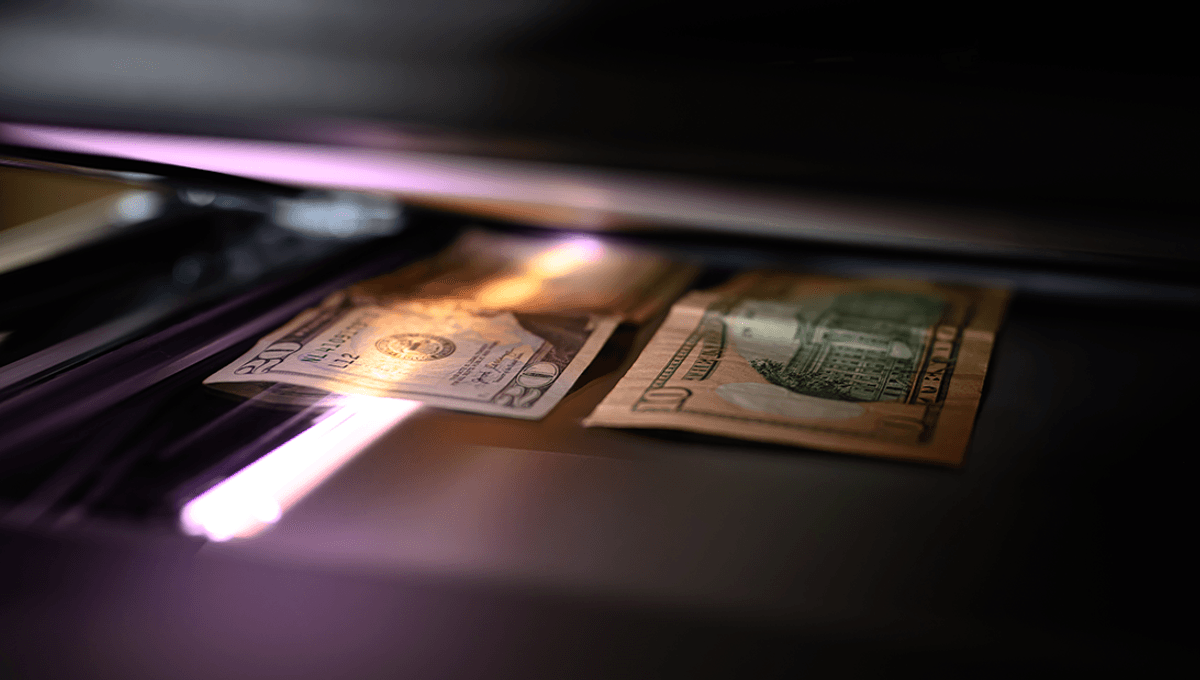
In 2002, a PhD student at the University of Cambridge’s industrial labs was given the chance to play with a new Xerox color photocopier.
As a PhD student, he naturally chose to photocopy money. But when he did so, he discovered something odd. Instead of a fresh pile of notes printed on paper which would fool precisely zero shopkeepers, he found a message printed in several languages informing him that copying money is illegal.
This isn’t the same across all copiers, with some that will refuse to print and others that will print, but do a terrible job of it so that you don’t ask it again.
Kuhn, a security researcher, wasn’t going to let the mystery end there. He examined his notes and found that they had an odd little pattern on them.
“On the 10-euro banknote, I spotted this particularly obvious pattern of little circles,” Kuhn told the BBC in 2015. “I stared at it for a while and I saw that the constellation inside this pattern was recurring.”
Next, he conducted tests, replicating the pattern on a piece of paper and trying to duplicate that. While it printed the pattern when in black and white, he found that when he switched to using colored circles the printer once again told him it was illegal to print money.
The pattern was dubbed the “EURion Constellation” by Kuhn due to its resemblance to the Orion constellation. The pattern is detected by copiers, printers, and software such as Photoshop, which then refuse to allow you to do anything illegal.
Governments are of course tight-lipped about how these things are coded onto banknotes, though Kuhn guesses that the distance between the circles is detected on Euro banknotes. The same constellation is used on notes around the world, preventing the printing of money in countries including the US.
Source Link: The EURion Constellation: What Happens If You Try To Photocopy Money?